The story of feathers is one of evolution's most fascinating tales, weaving together biology, paleontology, and aerodynamics in a narrative that spans hundreds of millions of years. What began as simple filaments on the skin of dinosaurs eventually transformed into the complex flight structures we see in modern birds. This journey from insulating fluff to sophisticated flight apparatus reveals nature's remarkable capacity for innovation.
For decades, scientists believed feathers evolved primarily for flight. However, a series of groundbreaking fossil discoveries in China's Liaoning Province during the 1990s turned this assumption on its head. Exquisitely preserved specimens of small theropod dinosaurs like Sinosauropteryx showed clear evidence of fuzzy protofeathers – simple, hair-like filaments that clearly couldn't support flight. These findings suggested that feathers first appeared not as flight instruments, but as insulation.
The earliest feathers likely served as a dinosaur's winter coat, helping small theropods retain body heat in variable climates. Much like mammalian fur, these primitive structures trapped air close to the skin, creating a thermal buffer against cold environments. This insulation would have been particularly valuable for smaller dinosaurs with high metabolic rates, allowing them to maintain activity levels even when temperatures dropped.
As evolutionary pressures shaped these structures over millions of years, feathers gradually increased in complexity. Simple filaments developed into branched structures, eventually forming the interlocking vanes we recognize in modern feathers. Some dinosaurs sported colorful plumage for display, while others developed more aerodynamic shapes. This diversification occurred long before any creature took to the air, proving that feathers acquired their flight function only after serving other purposes.
The transition from insulation to flight didn't happen overnight. Intermediate forms of feathers appeared on dinosaurs that clearly couldn't fly, suggesting these structures went through a period of functional ambiguity. Some researchers propose that early feathers might have helped small dinosaurs stabilize themselves while running or climbing, or perhaps assisted in trapping prey. Others suggest they played roles in display and communication before being co-opted for aerial locomotion.
True flight feathers emerged through a series of incremental improvements. The asymmetrical vane – where one side of the feather is narrower than the other – proved crucial for generating lift. Simultaneously, the arrangement of feathers into specialized wing shapes allowed for controlled air movement. Fossil evidence shows that these adaptations appeared in stages, with some feathered dinosaurs developing wing-like arms incapable of proper flight but potentially useful for gliding or controlled descent.
Modern birds represent the culmination of this evolutionary process, possessing between 1,000 and 25,000 feathers arranged in precise patterns across their bodies. Flight feathers demonstrate incredible durability and flexibility, able to withstand the tremendous forces generated during takeoff, flight, and landing. Meanwhile, down feathers continue to provide insulation, just as their prehistoric predecessors did millions of years earlier.
The study of feather evolution continues to yield surprises. Recent research has revealed that many dinosaurs likely possessed a more extensive feather covering than previously thought, including some large species traditionally imagined as scaly. Advanced imaging techniques have even allowed scientists to determine the colors of some feathered dinosaurs by analyzing microscopic pigment structures in fossilized feathers.
From their humble beginnings as simple filaments to their current status as nature's ultimate flight technology, feathers represent one of evolution's most extraordinary innovations. Their story reminds us that complex adaptations often begin with simple functions, and that nature's most brilliant solutions frequently emerge through the creative repurposing of existing structures.
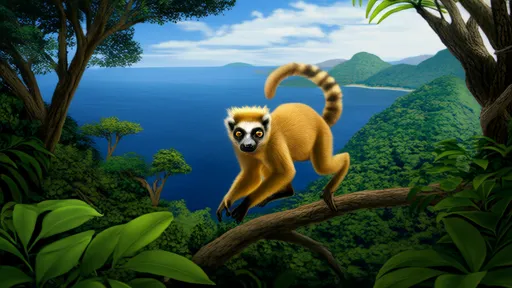
By /Jun 10, 2025

By /Jun 10, 2025
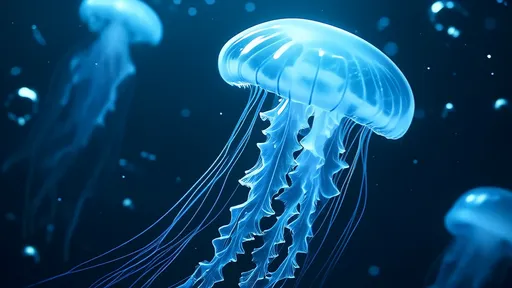
By /Jun 10, 2025
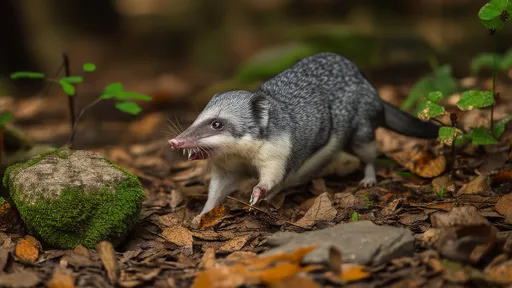
By /Jun 10, 2025
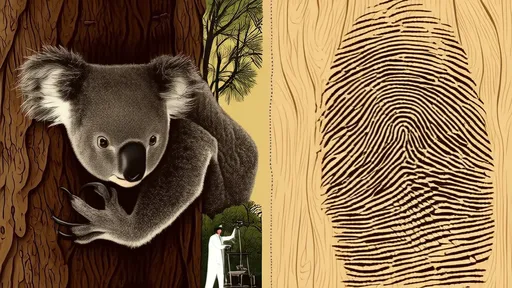
By /Jun 10, 2025
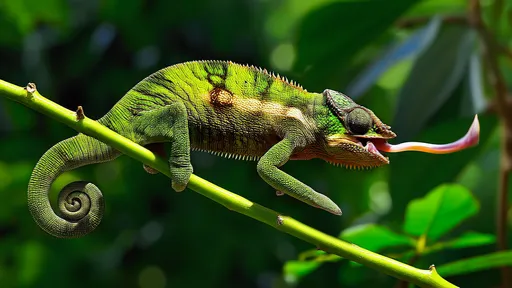
By /Jun 10, 2025
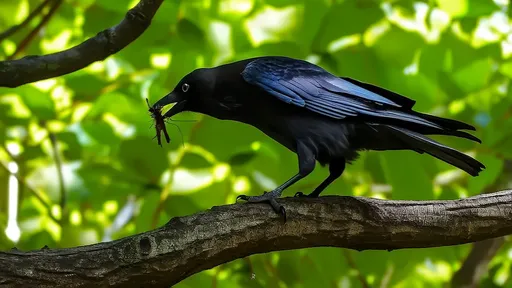
By /Jun 10, 2025

By /Jun 9, 2025
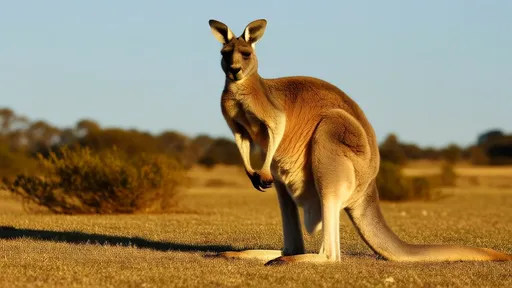
By /Jun 9, 2025
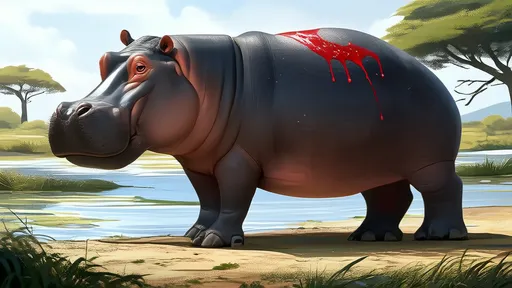
By /Jun 9, 2025
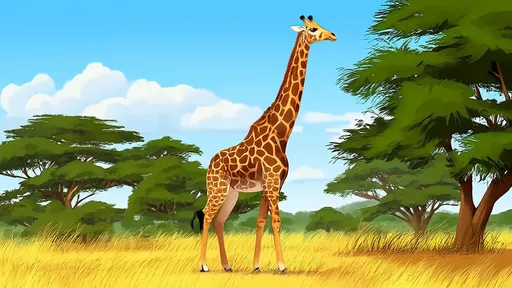
By /Jun 9, 2025
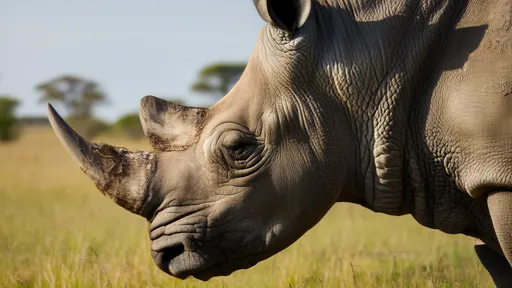
By /Jun 9, 2025
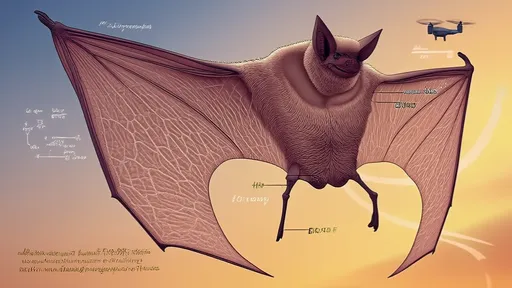
By /Jun 9, 2025
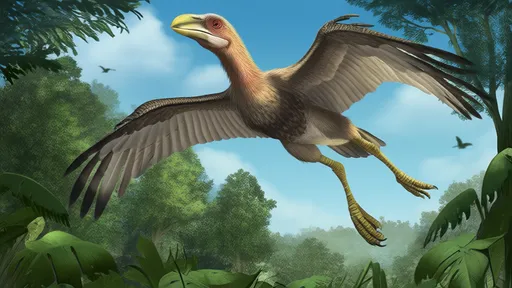
By /Jun 9, 2025
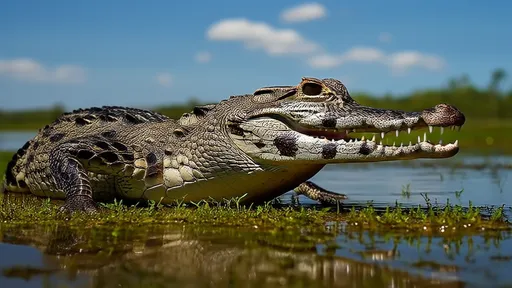
By /Jun 9, 2025

By /Jun 9, 2025
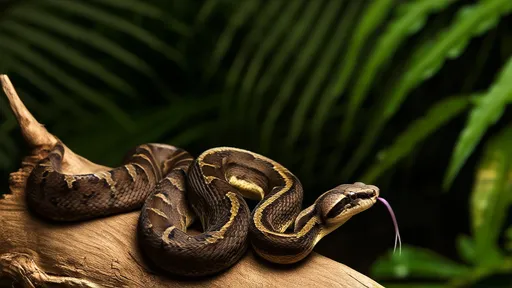
By /Jun 9, 2025
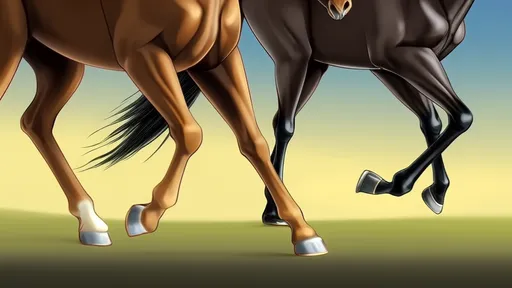
By /Jun 9, 2025

By /Jun 9, 2025
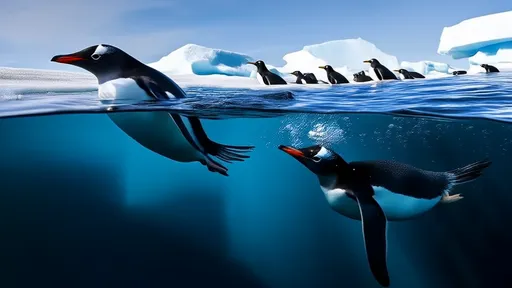
By /Jun 9, 2025